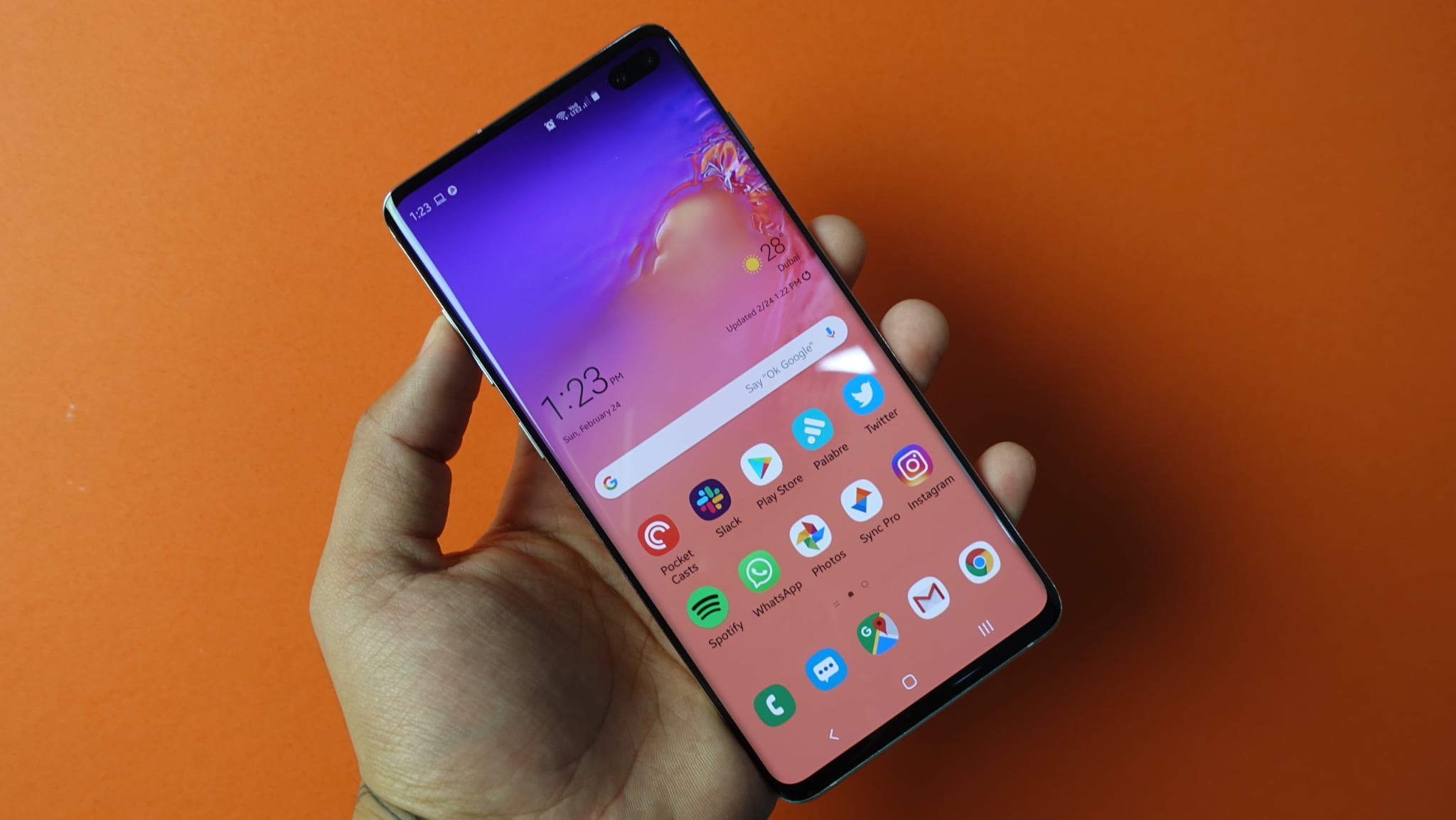Samsung Galaxy S11 could have a very long screen
Ideal for movies

As well as flagships getting bigger, gaining cameras, and reducing bezels with each passing year, one other trend we’re seeing is more widescreen displays, moving from the 16:9 of old, to 18.5:9, 19:9, 20:9, and in the case of phones like the Sony Xperia 1, even 21:9. The Samsung Galaxy S11 probably won’t go quite that far, but it might have a 20:9 screen.
That possibility is based on a HTML5test result for a Samsung phone with the model number SM-G416U. While we don’t know what device this is, the model suggests it’s a member of the Galaxy S range, so it could well be the Galaxy S11 or Samsung Galaxy S11 Plus, and the reported resolution of 384 x 854 points to a 20:9 aspect ratio.
That’s obviously not the full resolution of the phone, it never is in these tests, but the ratio is likely to be If so, that would make for a slightly more widescreen display than the 19:9 Samsung Galaxy S10.
- Read our hands-on Google Pixel 4 XL review
- Check out our hands-on Google Pixel 4 review
- See what we think of the Samsung Galaxy Note 10
Wider by the year
While we’d take this with a pinch of salt for now, it’s a believable change, since not only is that the trend, but the likes of the Samsung Galaxy A70 and Galaxy A80 already have a ratio of 20:9.
This doesn’t tell us much else about the phone. Some sites are speculating that this could mean even smaller bezels than the Galaxy S10 has, but there’s no real evidence of that. Having said that, being a new flagship model, it’s very likely the Galaxy S11 will have smaller bezels anyway.
For now, we really don’t know what to expect from the Galaxy S11 range. There aren’t many rumors yet, unsurprisingly since the phones probably won’t land until around February. We’d expect more leaks to start springing soon though, and we’ll be sure to cover all the credible ones when they do.
- Check out the best Samsung phones
Via GalaxyClub.nl and GSMArena
Get daily insight, inspiration and deals in your inbox
Sign up for breaking news, reviews, opinion, top tech deals, and more.
James is a freelance phones, tablets and wearables writer and sub-editor at TechRadar. He has a love for everything ‘smart’, from watches to lights, and can often be found arguing with AI assistants or drowning in the latest apps. James also contributes to 3G.co.uk, 4G.co.uk and 5G.co.uk and has written for T3, Digital Camera World, Clarity Media and others, with work on the web, in print and on TV.